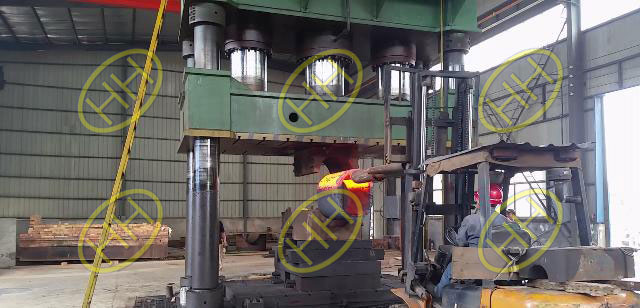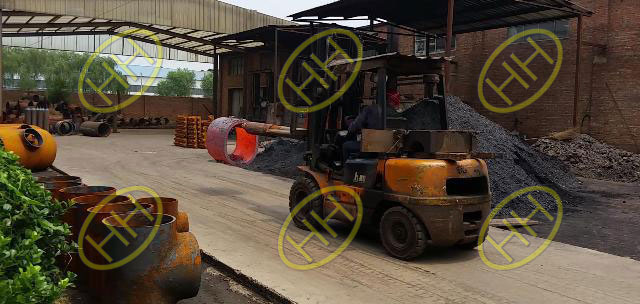Defects in heat treatment and quenching of forgings occur because you do not know these precautions
Many problems often occur when forgings are heat treated and quenched, such as: oxidation and decarburization, overheating and overburning, deformation and cracking, and insufficient hardness. These problems will affect the size of the product, reduce the mechanical properties of the product, and even some problems directly make our products scrap. This has affected our production schedule and caused economic losses. Here are a few ways of precautions to avoid these problems.
1.Oxidation and decarburization
When steel is heated, the phenomenon of a layer of crisp iron scale on the surface is called oxidation; decarburization refers to the phenomenon that the surface carbon content decreases. Oxidation and decarburization will reduce the hardness and fatigue strength of the surface layer of the forging, and also affect the size of the forging. In order to prevent oxidation and decarburization, it is usually heated in a salt bath furnace. When the requirements are higher, the surface of the forging can be coated with a protective agent or heated in a protective atmosphere and vacuum.
2.Overheating and overheating
When the forging is quenched and heated, the phenomenon of austenite grains coarsening significantly is called overheating. If the heating temperature is too high, the phenomenon of grain boundary oxidation and partial melting begins is called overburning. Overheating of forgings will not only reduce the mechanical properties (especially toughness) of the steel, but also easily cause quenching deformation and cracking. Overheated structures can be corrected by normalizing, while overburned forgings can only be scrapped. In order to prevent overheating and overburning of forgings, the heating temperature and holding time must be strictly controlled.
3.Deformation and cracking
When the forging is quenched and cooled, the stress caused by the temperature difference in different parts and the different structural transformation is called the quenching internal stress. When the quenching stress exceeds the yield strength of the steel, the forging will deform; when the quenching stress exceeds the tensile strength of the steel, the forging will crack and become a scrap. In order to prevent the deformation and cracking of forgings, different quenching methods (such as step quenching or isothermal quenching) and reasonable process setting measures (such as symmetrical structure, uniform slope, avoid sharp corners, etc.) can be used to minimize quenching. Stress, and tempered in time after quenching.
The above are the preventive measures to avoid the problems of heat treatment and quenching of forgings. Regarding the preventive measures of insufficient hardness, because it involves other problems, the content is complex and the length is long, so it is not here. If you are interested, you can email to us:sales@haihaogroup.com


